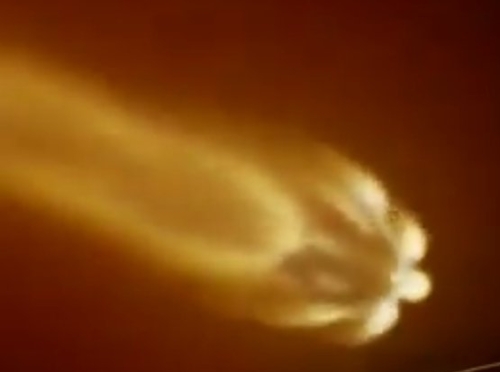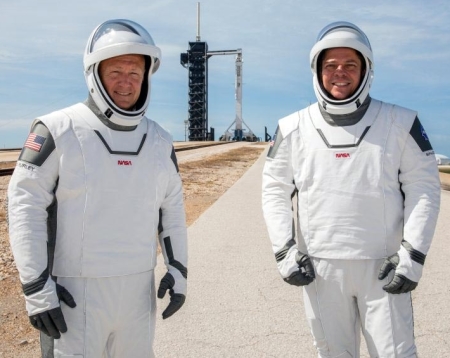Dragon capsule on ISS doing better than expected
Capitalism in space: The first manned Dragon capsule, presently docked to ISS, is doing better than expected according to NASA officials, who have also now set August 2nd as their target date for the return to Earth.
Tests of the solar panels and the capsule’s power systems have so far been “better than expected.” Besides these tests, they still have one other major in-orbit test.
On July 4, the space station crew will perform a habitability test with the craft, with four astronauts climbing into the capsule and practicing everyday activities like sleeping, hygiene tasks, as well as emergency procedures to see what it will be like for future crewed missions. On Demo-2, only two astronauts were on board for the trip but regular flights will carry at least four people, so this test will help inform astronauts on those future trips.
Capitalism in space: The first manned Dragon capsule, presently docked to ISS, is doing better than expected according to NASA officials, who have also now set August 2nd as their target date for the return to Earth.
Tests of the solar panels and the capsule’s power systems have so far been “better than expected.” Besides these tests, they still have one other major in-orbit test.
On July 4, the space station crew will perform a habitability test with the craft, with four astronauts climbing into the capsule and practicing everyday activities like sleeping, hygiene tasks, as well as emergency procedures to see what it will be like for future crewed missions. On Demo-2, only two astronauts were on board for the trip but regular flights will carry at least four people, so this test will help inform astronauts on those future trips.




